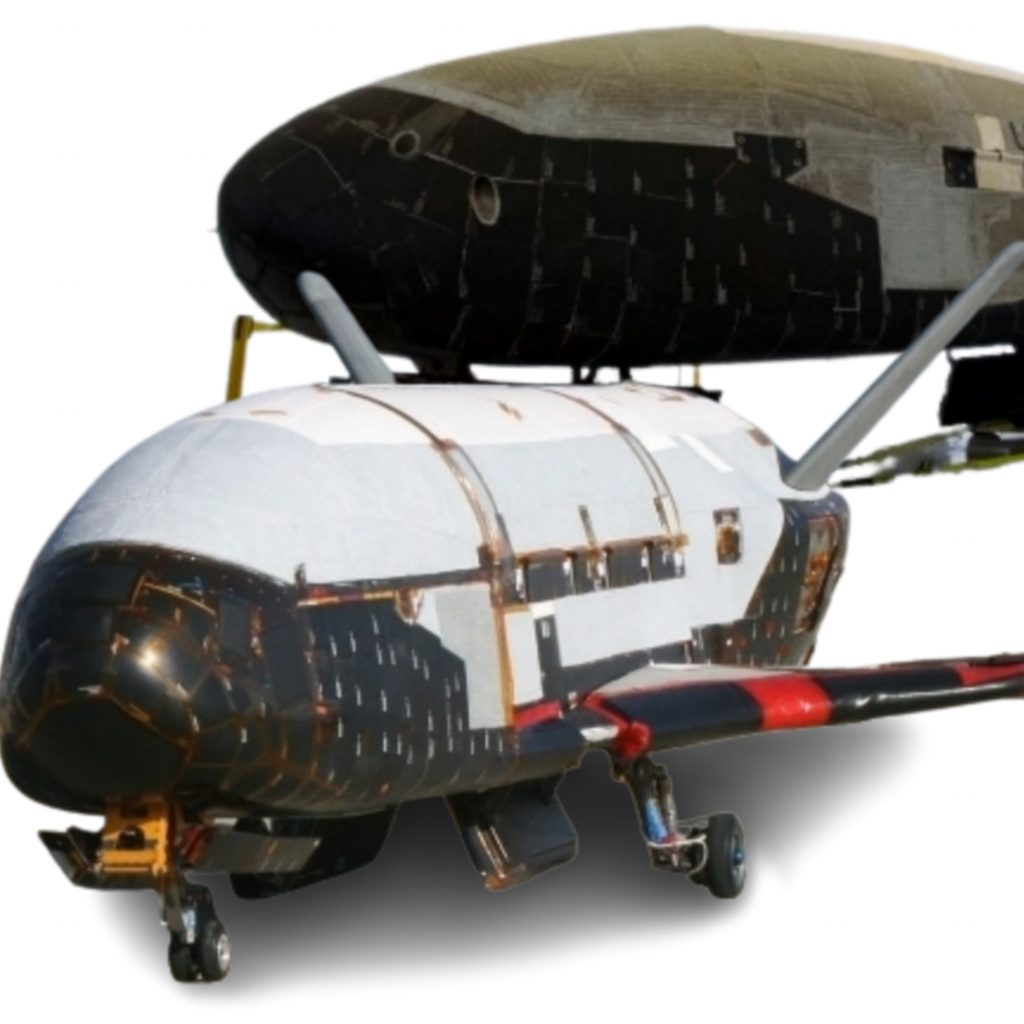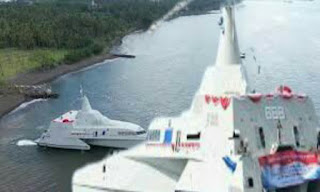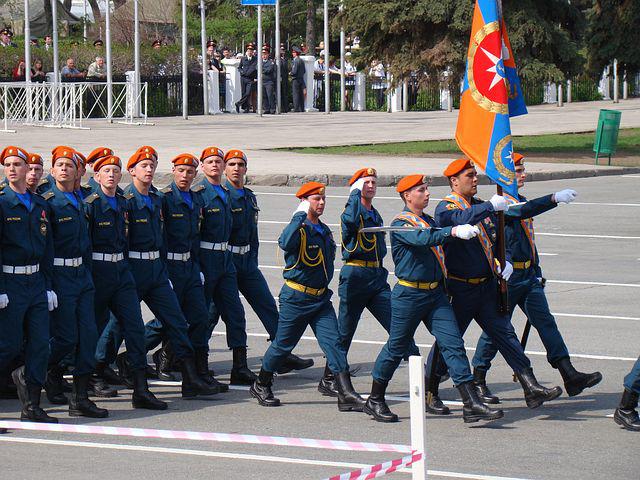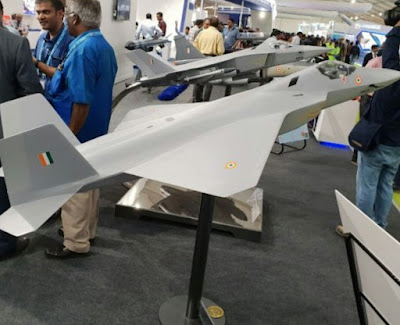Last month, a Boeing-designed vehicle for the X-37B Orbital test was able to last 800 days in space, breaking the previous endurance record. This feat is marked by the US Space Force’s Space Delta 9, which operates the 3rd Space Experiment Squadron’s X-37B Orbital Test Vehicle.
Designed as part of a pilot test program aimed at showcasing technology for reusable unmanned space tests, the X-37B remains one of the most unique aircraft in the US arsenal.
The US Air Force has previously flown five X-37B missions, OTV-1 to OTV-5. The platform was recently launched into Earth orbit in May 2020 on its sixth mission to the program, OTV-6.
Boeing Integrated Defense Systems was selected by NASA in the late 1990s to design and manufacture the orbital vehicle. Phantom Work as a state-of-the-art prototyping branch company was tasked with the task. Originally founded by McDonnell Douglass, this branch has always been active at Boeing and has been instrumental in working on previous projects, including the “Bird of Prey” and the X-32 Joint Strike Fighter.
Over a four-year period, the X-37B project has cost about $192 million. In 2002, NASA’s new Space Launch Initiative framework allocated an additional $300 million contract to Boeing to partially fund the project.
The spacecraft is about 29 feet long and 9.5 feet high with a wingspan of about 15 feet. As described in the previous 19FortyFive article, the X-37B takes off vertically from a space launch pad and is propelled by an Atlas V or SpaceX Falcon 9 rocket. Once in orbit, it has an internal force that can easily be carried for more than 1-2 year. It can also maneuver itself, and eventually land on a runway on Earth, much like a space shuttle or conventional airplane.
Boeing confirmed that the spacecraft was operating in a low orbit with an altitude of between 150-500 miles above Earth. According to Boeing, the X-37B operates in low-Earth orbit at an altitude between 150 and 500 miles (240 to 805 kilometers) above Earth.
For the time being all information about the robotic spacecraft remained largely classified, some of the experiments on it were disclosed prior to launch. The US Naval Research Laboratory (NRL) is conducting an experiment called the Photovoltaic Radio Frequency Antenna Module (PRAM), which investigates the transformation of solar power into radio frequency microwave energy.
Space Insider also said that two NASA experiments have launched with the latest deployments. The craft is studying the effects in the space environment on sample plates of material and seeds used to grow crops. Although specific details have not been revealed, the OTV-6 mission marks the first time the X-37B is using a service module to host its experiments.
In 2020, the X-37B was awarded the Collier Trophy for pushing “the boundaries of aviation and space exploration,” according to the US Air Force. Barbara Barrett, Secretary of the Air Force noted that the advanced unmanned X-37B advances reusable spacecraft technology and operates any experiments in space that will return for further inspection on Earth.
The secrecy and intrigue surrounding the X-37B have led Moscow and Beijing to speculate about the platform’s true intentions. A recent report released by the Secure World Foundation denounces Russian and Chinese claims that the X-37B is an offensive weapon, an accusation that is baseless.
Despite rumors equating space vehicles with weapons, the platform is largely believed to function as the US Air Force claims. In addition, industry experts have stated that the X-37B is too small and not maneuverable enough to perform the tasks of an aircraft capable of carrying munitions.***
#NASA #Boeing #X-37B #Technology #USA







